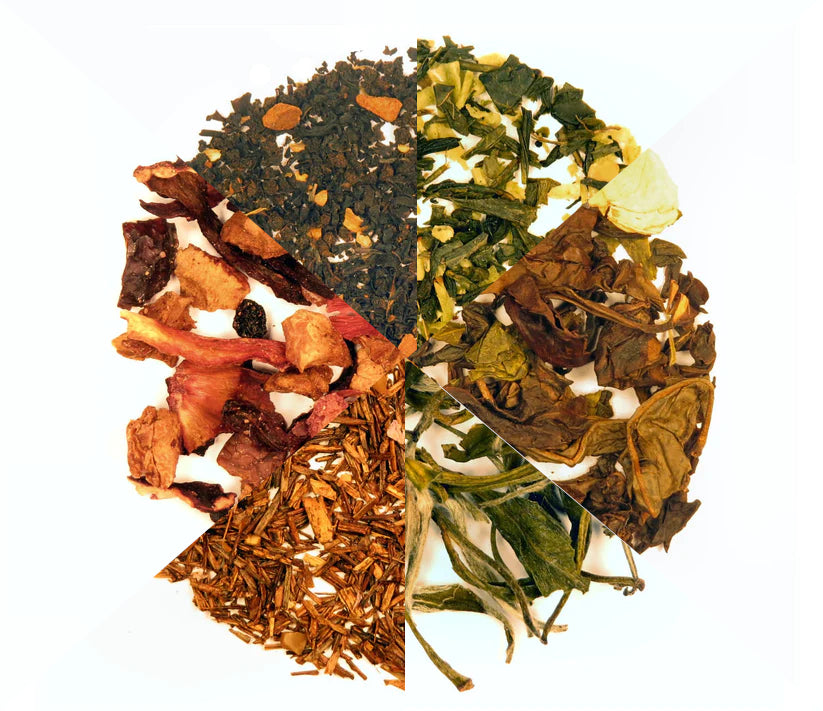What is tea exactly?
Tea has been around for thousands of years and is the second most consumed beverage, surpassed only by water. Although there are a number of color distinctions, surprising to most, they all come from one plant. The botanical name for the plant is Camellia sinensis. The camellia plant is originally native only to Asia but is now grown in dozens of counties worldwide. Tea is best grown in tropical, high altitude climates such as the Himalayan Mountains in India or the Wuyi Mountains in China. All tea comes from one plant but in some cases we refer to herbal infusions as herbal 'tea'. Herbal teas come from herbs which do not originate with the camellia plant, such as chamomile or rooibos teas from South Africa.
How is it grown?
Tea grows best at high elevations and often are grown in mountainous regions, particularly on steep slopes. These high quality teas are hand picked due to the difficult nature of the terrain. Many of the teas that are grown for teabag productions, are grown on large, flat fields for machine harvesting.
Teas that are processed using the traditional method are called Orthodox teas. These teas usually contain only the top two leaves and young, tender bud or unopened leaf, which are hand picked carefully. The Unorthodox method utilizes machines to crush, tear and curl (CTC) the tea and speed production. Large machine harvesters cut down the tea bushes rather than pick them leaving the tea leaves shredded into fine pieces, then rolls them into little balls. These types of teas steep quickly and are used primarily in tea bag production.
What are the components of tea?
There are three primary components of steeped tea. They are:
1. Polyphenols - these consist of the majority of health benefits including antioxidants and also give the tea its astringency
2. Caffeine - a stimulant found naturally in a number of herbs, giving tea its energizing ability.
3. Essential Oils - these oils give the tea its flavor and aroma
The percentage of these components is determined by several factors including elevation, soil content and season grown. Teas grown at higher elevations tend to have greater percentages of caffeine. The younger the tea leaf on the plant, the higher the polyphenol content, making a tea that consists entirely of young buds or tips to be the healthiest.
How the teas are processed after picking will determine their color classification such as white, green or black tea. Our next topic will discuss tea processing.
Read the next article - Types of Tea
More tea fun:
What is tea?
Types of tea
Health benefits
Caffeine in tea
Iced tea
Packaging
Loose Leaf Tea over Teabags
FAQs

